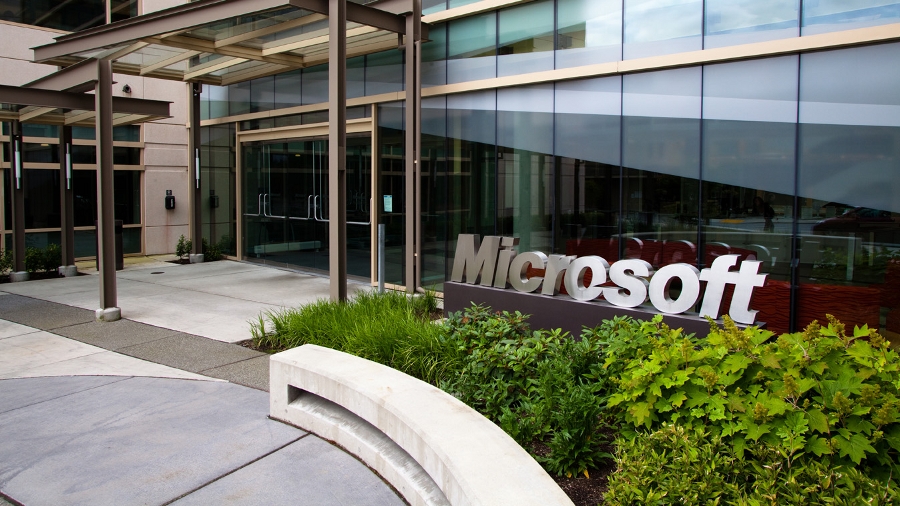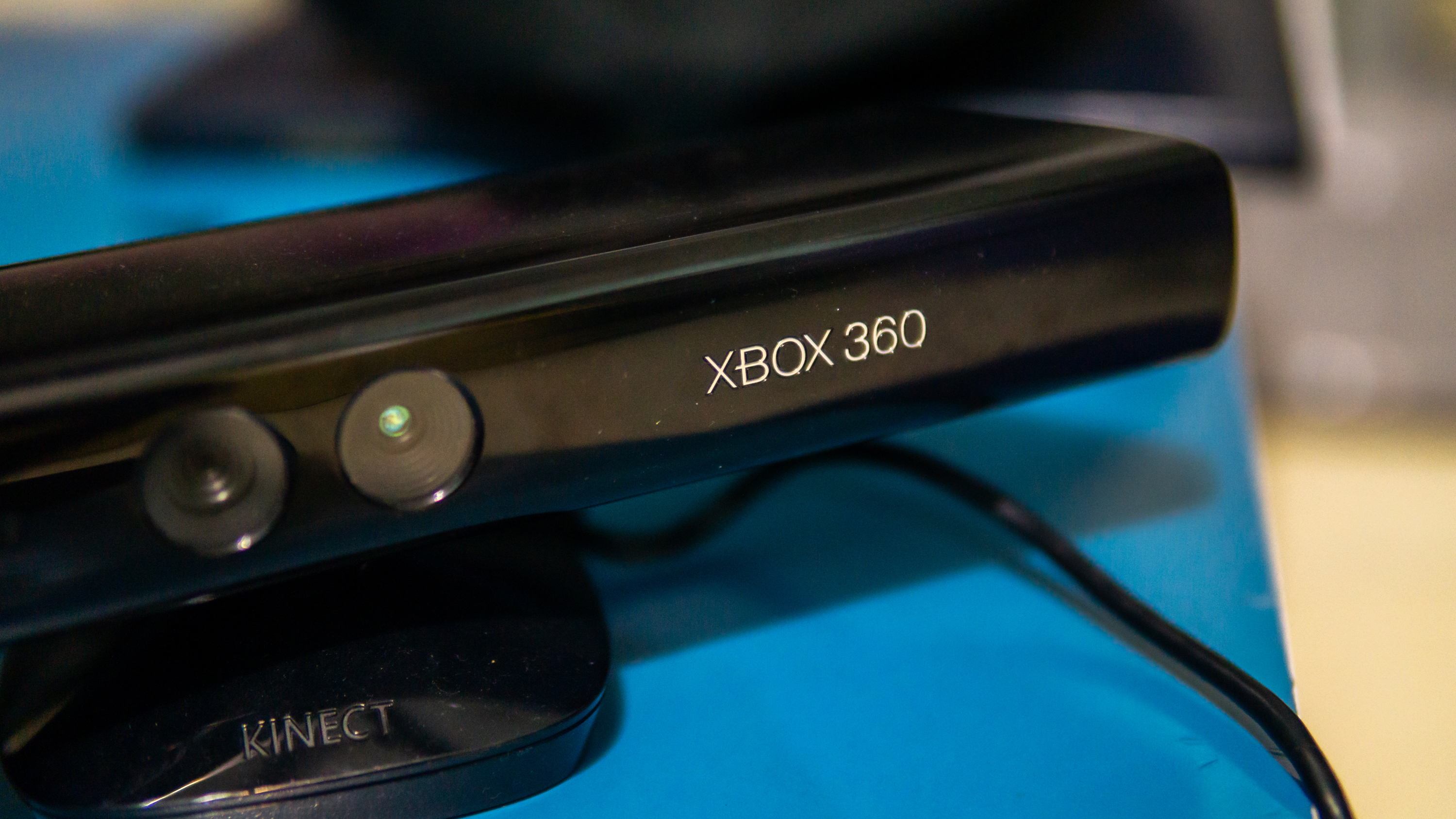Netflix and Microsoft's advertising plans are a match made in hell – and will make me cancel
Netflix is desperate – but I don’t want it turning to Microsoft for advert tech

Netflix’s current problems have been making headlines for a while now, with the once-dominant video streamer, and scourge of Blockbuster, suffering some pretty nasty drops in subscriber numbers.
This has understandably caused a bit of a panic at the streamer, leading to cancellations, staff cutbacks and a desperate search to find new ways to eke out money from its remaining subscribers, while trying to win back its old ones.
However, one of the most concerning moves Netflix is making is to create a new subscription tier that will have ads.
In a way, this makes some sense. One of the biggest factors for people leaving Netflix – and the primary one that’s making me reconsider my subscription – is the cost of the service. Unlike most of its competitors, Netflix has a range of subscription tiers.
It’s lowest-cost one, the ‘Basic Plan’, now costs $9.99 a month (£6.99 / AU$10). That’s actually more expensive than the flat Disney Plus subscription of $7.99 (£7.99 / AU$11.99) a month – but it offers a lot less.
For starters, it offers the now frankly outdated 720p resolution, and 2.0 stereo audio on even the best Netflix shows and movies, and you can only stream to one device at a time. Disney Plus, meanwhile, offers resolutions up to 4K, Dolby Vision support and Dolby Atmos spatial audio, all for less. It also offers four simultaneous streams at once.
While you can get 4K and Dolby Atmos with Netflix, you need to get the Premium subscription, which now costs $19.99 (£15.99 / AU$22.99), which also bumps up the simultaneous streams to four.
Sign up for breaking news, reviews, opinion, top tech deals, and more.
Compared to its competitors, then, Netflix is looking like a very poor value, and in a cost-of-living crisis, it may find it increasingly difficult to justify people keeping the subscription, especially if they have several other subscriptions that seem to offer better value for money.

Lowering the cost
The problem Netflix has is that it simply cannot drop its prices, as it would be unsustainable. It’s actually far more likely to raise prices again, but that will drive off even more subscribers.
It’s in a real bind, especially as the number of competitors is growing. These competitors, such as Disney Plus, HBO Max and Paramount Plus, are taking their content with them, while also producing high-profile prestige content that rivals or exceeds anything that Netflix can make.
Adding an add-supported tier would at least give Netflix a chance to introduce a lower-cost subscription that could keep some people onboard. While I dislike the idea of paying for a subscription that also includes ads, if done well, it may work. HBO Max and Hulu have ad-supported tiers, and Amazon’s Freevee, which is free but has ads, is in my opinion a great example of how you can include ads in a streaming service.
Admittedly, as it’s free, my tolerance for interruptions from ads is much more lenient. Happily, I found that Freevee’s ad breaks aren’t that intrusive, and are also (mercifully) rather short.
Hulu’s ad-supported tier, however, is a different story, with regular and long ad breaks, which often show the same ad over and over again, often disrupting my viewing. I worry that Netflix’s approach will be similar to this.

Anyone but Microsoft
This brings me to my biggest concern about Netflix adding ads: its partnership with Microsoft. Unlike my esteemed colleague Lance Ulanoff, I’m not too worried about the possibility of the company behind Windows and the Xbox buying Netflix, but I am concerned if the two companies are working on how to deliver ads.
This is because Microsoft does not have a good track record when it comes to putting ads in its products. And that’s putting it mildly.
The company has been looking at ways to get ads in front of its users’ eyes for years now, and almost all of them have been reviled and abject failures.
Arguably its biggest success was putting ads in the user interface of its Xbox series of consoles, but that hasn’t been without controversy either. I’d only call it a ‘success’ as it’s still going, so it must be making the company money.
But it’s intrusive and ugly. Meanwhile, Microsoft’s desire to put ads in Windows 11 has been regularly rebuffed, with some users worried that the ads would clutter up the interface, while many others quite rightly wonder why they should have ads in a product they’ve paid for, especially if they have spent a lot of money.
Microsoft has also floated ideas about adding ads into games, either with them popping up while players wait for the game to load, or within the game world itself – a frustrating and potentially immersion-breaking idea.
There was also a terrifying moment a few years ago when Microsoft wanted to use its Kinect camera to get ads in front of people. While some of its ideas sounded a bit gimmicky – such as using full-body tracking to encourage viewers to perform certain actions to interact with the ads – others were more sinister – such as eye and face tracking used to see if people were looking at the ad. If anyone dared turn away, the ad would be paused until they looked back. Creepy.

Luckily that never came to pass, partially because of a very visceral horror people felt at the idea, and partially because Kinect died a death. Yay!
But these attempts show that Microsoft’s approach to ads is often heavy-handed, and appears to focus more on making money than on providing a pleasant user experience. You can have an enjoyable service supported by advertising, but I just don’t think Microsoft is the one to do it.
So, if Netflix’s ad-supported tier does tap into Microsoft’s worst instincts, I certainly won’t be using it. That’s a shame, as it may mean I end up canceling Netflix altogether, as I’m struggling to justify paying for a service that gives me less than its competitors – especially if Netflix raises its prices further.

Matt is TechRadar's Managing Editor for Core Tech, looking after computing and mobile technology. Having written for a number of publications such as PC Plus, PC Format, T3 and Linux Format, there's no aspect of technology that Matt isn't passionate about, especially computing and PC gaming. He’s personally reviewed and used most of the laptops in our best laptops guide - and since joining TechRadar in 2014, he's reviewed over 250 laptops and computing accessories personally.